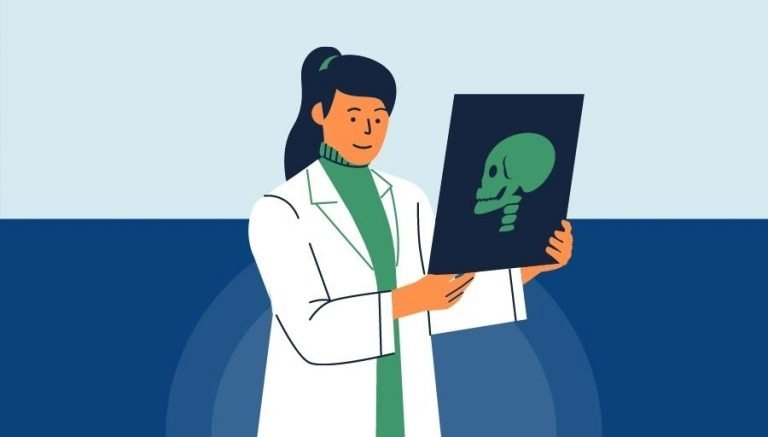How To Use CPT Code 66174
CPT 66174 describes a procedure that involves the expansion of the aqueous outflow canal in the eye to relieve pressure. This article will cover the description, official description, procedure, qualifying circumstances, appropriate usage, documentation requirements, billing guidelines, historical information and billing examples.
1. What is CPT Code 66174?
CPT 66174 is a code used to describe a procedure that expands the aqueous outflow canal in the eye to relieve pressure. This procedure does not involve the retention of a device or stent. It is important to note that CPT code 66174 should not be reported in conjunction with CPT code 65820.
2. Official Description
The official description of CPT code 66174 is: ‘Transluminal dilation of aqueous outflow canal (eg, canaloplasty); without retention of device or stent.’
3. Procedure
- The provider begins by making a subconjunctival incision below the thin moist membrane covering the eye.
- The provider then exposes the sclera, which is the white part of the eye.
- A scleral flap is created to access Schlemm’s canal, the natural drainage system of the eye.
- The provider expands the aqueous outflow canal using various techniques, such as canaloplasty or injecting a solution to enlarge a portion of the canal.
- Finally, the provider closes the flaps without leaving a device or stent in place.
4. Qualifying circumstances
CPT 66174 is performed on patients who require the expansion of the aqueous outflow canal to relieve pressure in the eye. This procedure is typically done when other treatment options have not been successful. It is important to note that CPT code 66174 should not be reported in conjunction with CPT code 65820.
5. When to use CPT code 66174
CPT code 66174 should be used when the provider performs a transluminal dilation of the aqueous outflow canal without the retention of a device or stent. It is important to ensure that the procedure meets the specific criteria outlined in the official description of the code.
6. Documentation requirements
To support a claim for CPT code 66174, the provider must document the following information:
- Patient’s diagnosis and the need for the procedure
- Details of the procedure performed, including the specific technique used
- Date of the procedure
- Any complications or adverse events that occurred
- Signature of the provider performing the procedure
7. Billing guidelines
When billing for CPT code 66174, ensure that the procedure meets the specific criteria outlined in the official description. It is important to note that CPT code 66174 should not be reported in conjunction with CPT code 65820. Additionally, it is recommended to review any additional guidelines provided by payers to ensure accurate billing and reimbursement.
8. Historical information
CPT code 66174 was added to the Current Procedural Terminology system on January 1, 2011. The code has undergone a change on January 1, 2023, with an updated description: ‘Transluminal dilation of aqueous outflow canal; without retention of device or stent’.
9. Examples
- A provider performs a transluminal dilation of the aqueous outflow canal without the retention of a device or stent to relieve pressure in the eye.
- Another provider uses canaloplasty to expand the aqueous outflow canal and alleviate pressure in the eye.
- A patient undergoes a procedure in which a solution is injected to enlarge a portion of the aqueous outflow canal, providing relief from eye pressure.
- A provider performs a transluminal dilation of the aqueous outflow canal without the retention of a device or stent on a patient with glaucoma.
- Another provider expands the aqueous outflow canal using a different technique to relieve pressure in the eye.
- A patient undergoes a procedure to expand the aqueous outflow canal without the retention of a device or stent, improving their eye pressure.
- A provider performs a transluminal dilation of the aqueous outflow canal without the retention of a device or stent on a patient with ocular hypertension.
- Another provider uses a specific technique to expand the aqueous outflow canal, providing relief from eye pressure in a patient.
- A patient undergoes a procedure in which the aqueous outflow canal is expanded without the retention of a device or stent, improving their eye pressure.
- A provider performs a transluminal dilation of the aqueous outflow canal without the retention of a device or stent on a patient with secondary glaucoma.



